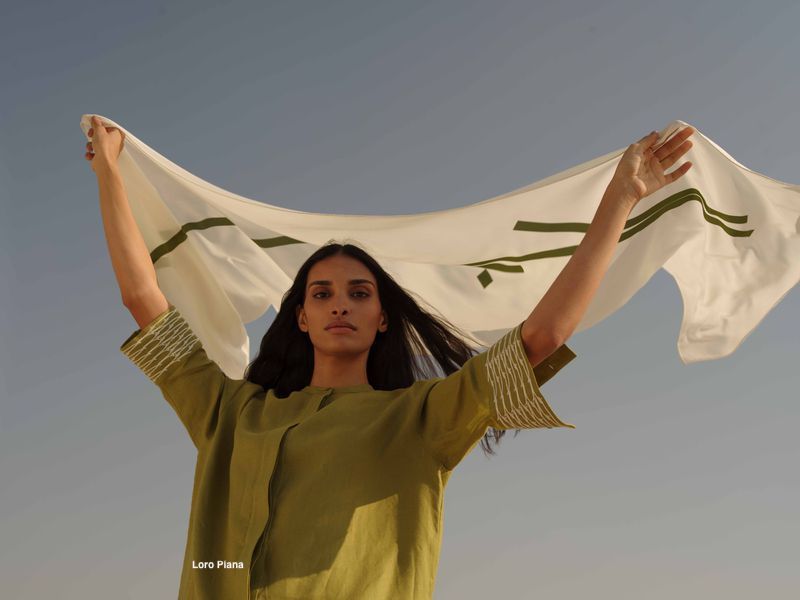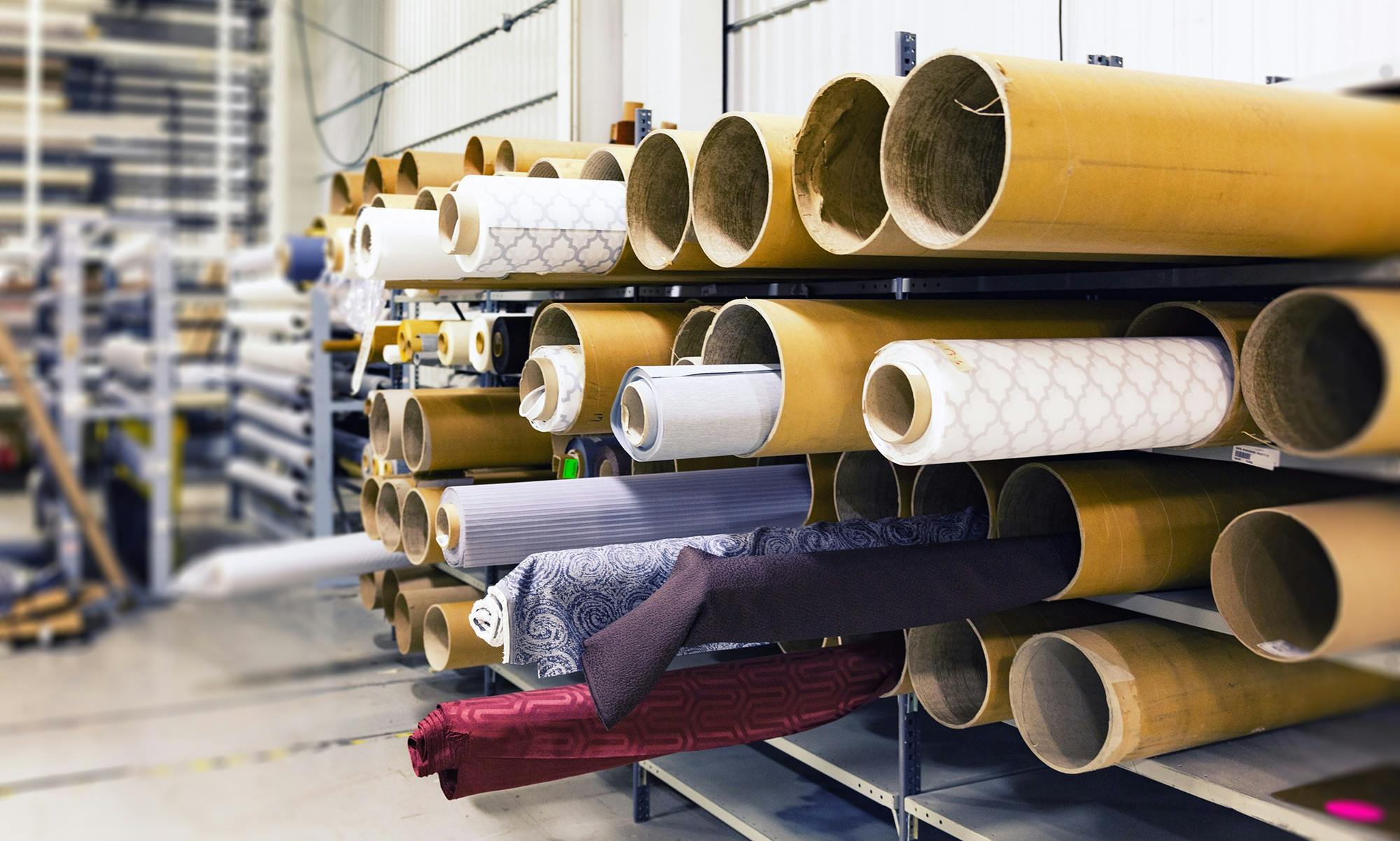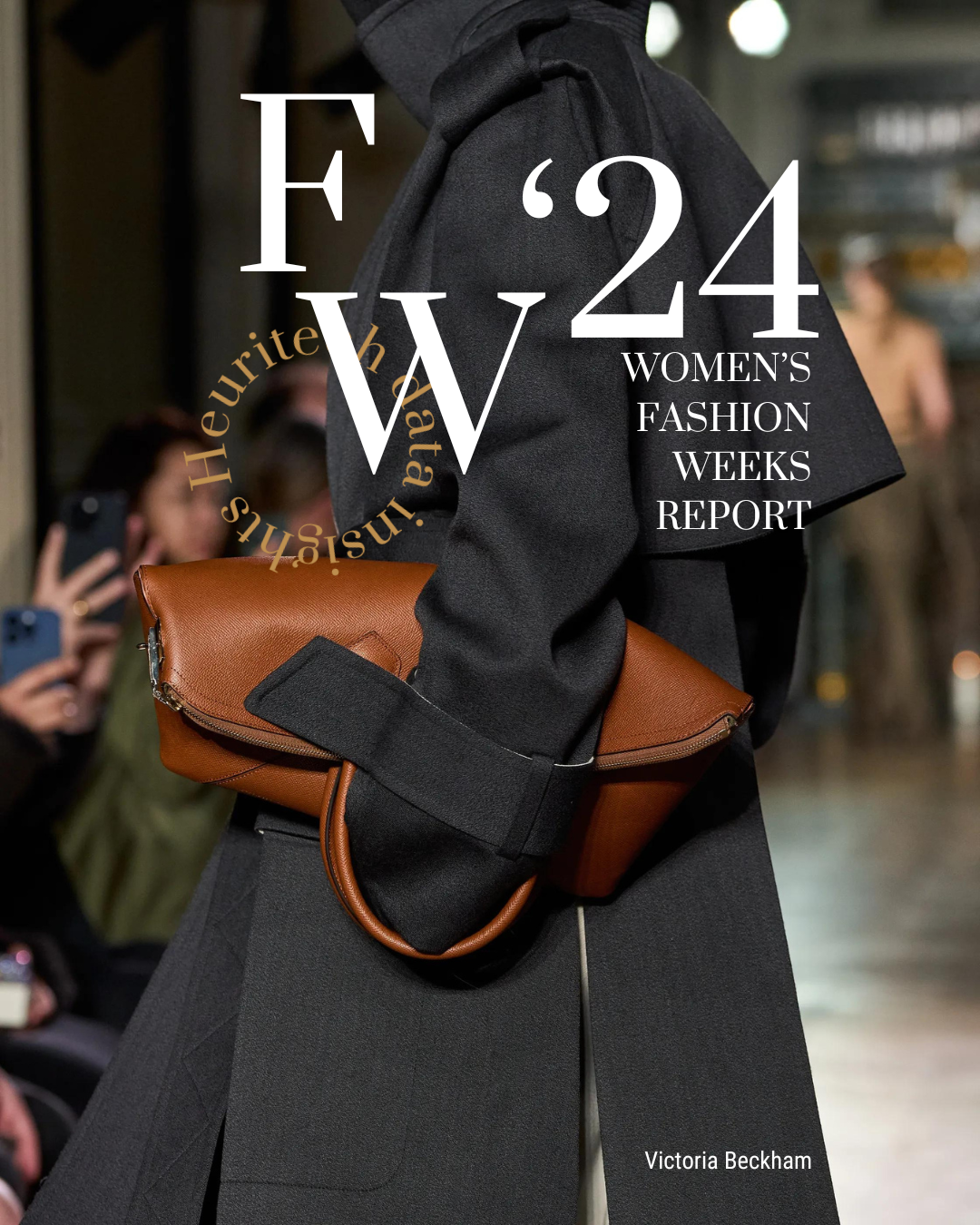Merchandisers catering to diverse and foreign markets face a critical challenge as trends travel around the world at different paces, and those trends are adopted and digested in various ways.
However, now with the advancement of AI, luckily, this is a problem of the past.
With social media as a tool, today’s consumer is in power to dictate trends and has grown accustomed to brands catering to these needs.
To anticipate this, Heuritech goes directly to the source: social media. And analyses it through a combination of artificial intelligence and human expertise to provide data-backed trend forecasts.
This information allows merchandisers to avoid overstocking by allocating more quantities to the products aligned with the local forecasted adoption and fewer quantities to the risky ones.

For instance, it is a different time of the year when consumers in Brazil seek bathing suits than in France. Hence, having the same assortments of beachwear for both geographies would be risky, as it will more likely result in overstock.
Left: Mango
This obvious example is simple as just the seasonalities are impacting consumer behaviours.
Nevertheless, various cultural and local specificities that are much harder to identify can significantly influence consumer behaviour.
Let’s go back to Brazil as an example.
Act on trends when the time is right.
Brazil is becoming more than ever a strategic market to reach, yet only some international retailers have successfully operated in the Brazilian market.
It houses one main event where fashion expression has taken up the central stage: Carnival in Rio. Every year, not only the spectacular parade but also consumers take up the street to showcase the embodiment of past and current Brazilian fashion inspired by the dazzling parade.
Catering to a main cultural event, which is considered quite a trend hub like this, is a smart tactic to reach local consumers.
Heuritech’s platform makes it easy to tackle this due to the data being divided into specific geographies. The fashion experts leverage this and mix it with their expertise to predict the trends consumers will be interested in at this particular time of the year.
For example, for Carnival 2022, Heuritech’s fashion experts recognised that brands now have an excellent opportunity to participate in the biggest festival of the year, knowing consumers will invest heavily in their party outfits as Carnival is becoming more and more a significant hub for new trends.
For one of the key consumer personas in their analysis, Heuritech’s fashion experts pointed to “The VIP Girl”. This persona was characterised by sparkly mini dresses, embellished halter neck tops and sequined skirts styled with creative headpieces inspired by the grand costumes featured in the parade.
Sequins had an increase of 27% compared to the previous year. However, the experts classified this trend as an “edgy” trend with a medium magnitude.
Right: Data from Heuritech’s market insights platform
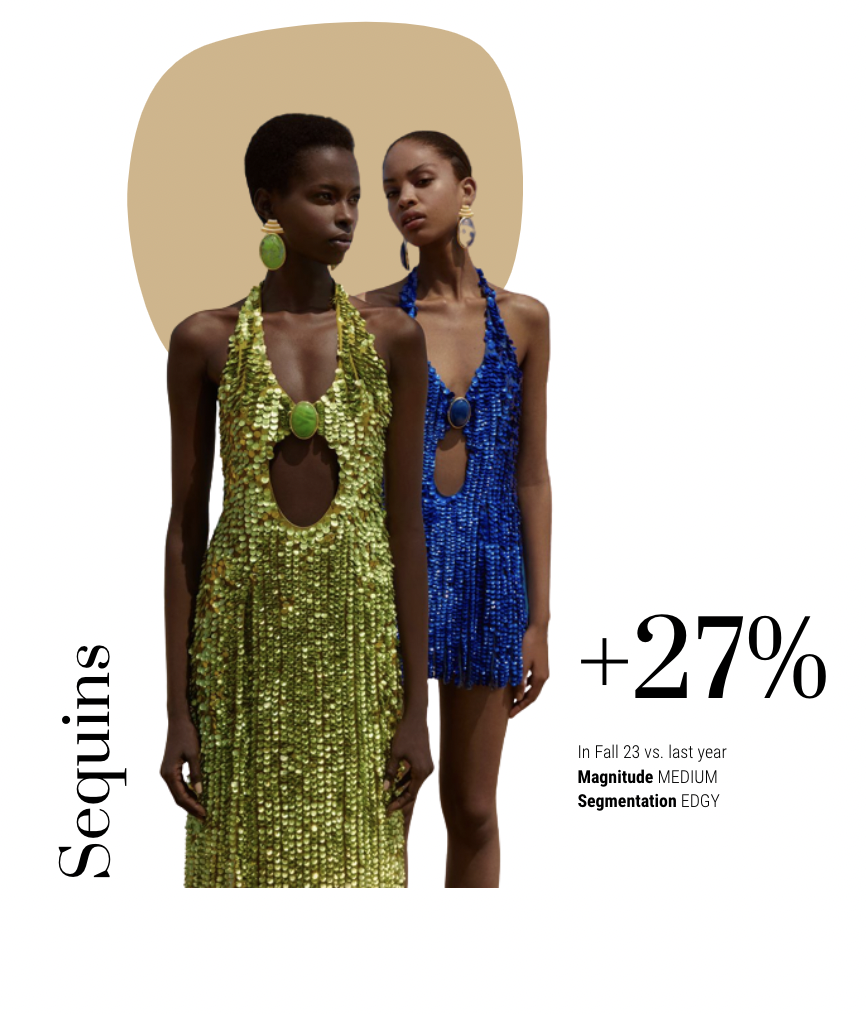
On the other hand, the mini skirt is a safer choice for brands that cater to more mainstream consumer personas.
And again, comparing it with France, consumers were still buying at low temperatures, and without such a cultural festivity as the Carnival, they were not seeking mini skirts; therefore, the trend saw a -2% decline.
Heuritech’s data gives the competitive advantage of understanding cultural affairs and the opportunities these provide in order to fill gaps in the market.
Injecting best-sellers by understanding, and respecting, cultural codes.
Adapting to local customs and values can help global brands establish a positive brand image and gain acceptance among consumers.
Certain fashion items may carry symbolic or cultural meaning in specific regions. For example, using traditional patterns or symbols from a culture without proper understanding or respect can be seen as cultural appropriation and understandably harm a brand’s reputation.

Heuritech’s fashion experts consider all this to provide clients with the right and wrongs of adapting brand assortments, knowing that if merchandisers seek to participate in such significant events, a deep understanding of their consumers should be a priority.
Left: Johanna Ortiz
For instance, for Ramadan 2022, Heuritech’s experts explored the key trends and personas and the influence fashion has on this special celebration, focusing on the Middle-Eastern region.
Many global brands have successfully released capsule collections inspired by Middle-Eastern fashion and Ramadan.
For instance, Loro Piana launched its capsule collection, paying homage to the Middle East just in time for Ramadan 2022. The collection celebrated the art of embroidery via an exquisite selection of kaftans.
H&M’s Ramadan collection celebrated elegance and simplicity with flowy silhouettes and warm colours.
For Ramadan 2022, Heuritech’s predictive data pointed to an increase of 6% for blazer jackets for female consumers compared to the previous year. However, a previous year’s classic, always a safe bet, blouses decreased by -4% compared to last year.
Right: Data from Heuritech’s market insights platform
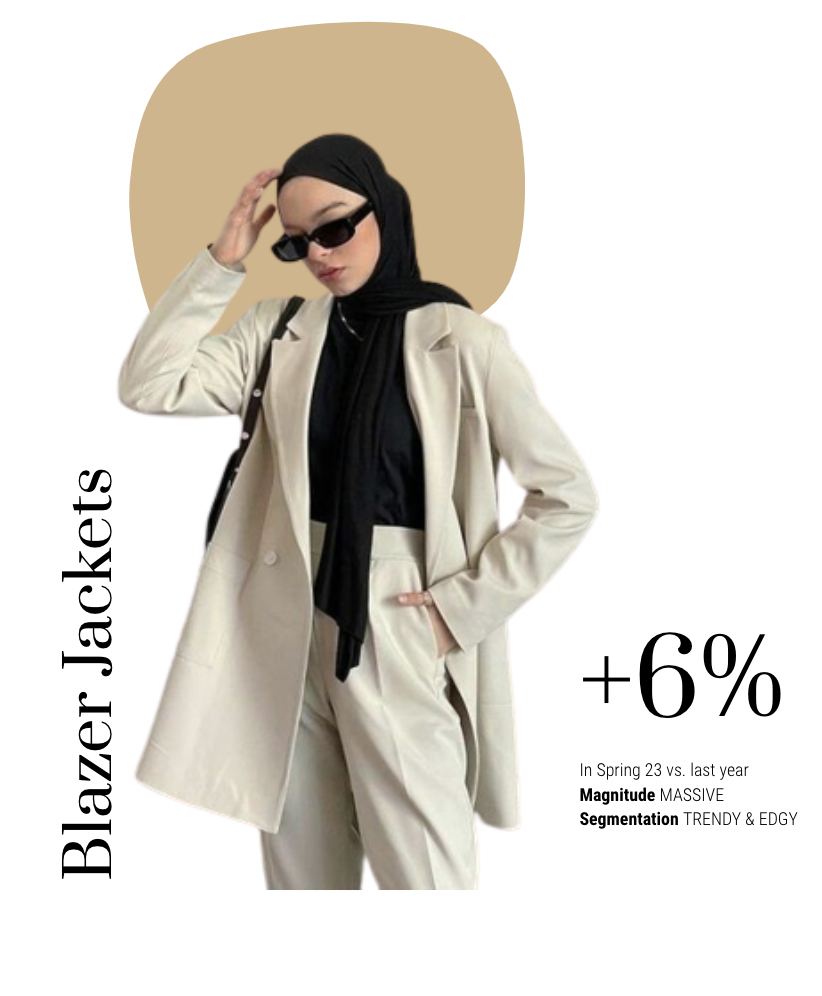
Cultural differences play a significant role in the success of global fashion brands in local markets.
It is as simple as what is considered fashionable and trendy in one culture may not resonate with another. Merchandisers must consider factors such as colour choices, patterns, cuts, and overall design sensibilities.
Religious beliefs, gender roles, social status, and modesty standards may influence clothing choices. Brands must be aware of these norms to avoid cultural insensitivity or offending consumers.

Thus, it is essential for international brands to carefully analyse the local market before attempting to adapt their collections to ensure that they are meeting the needs of their customers and are able to compete effectively in that market.
Predictive trend data guides merchandisers to efficiently act on local market trends, catering to trends when the time is right while avoiding missed opportunities and capitalising on emerging styles before competitors do.
